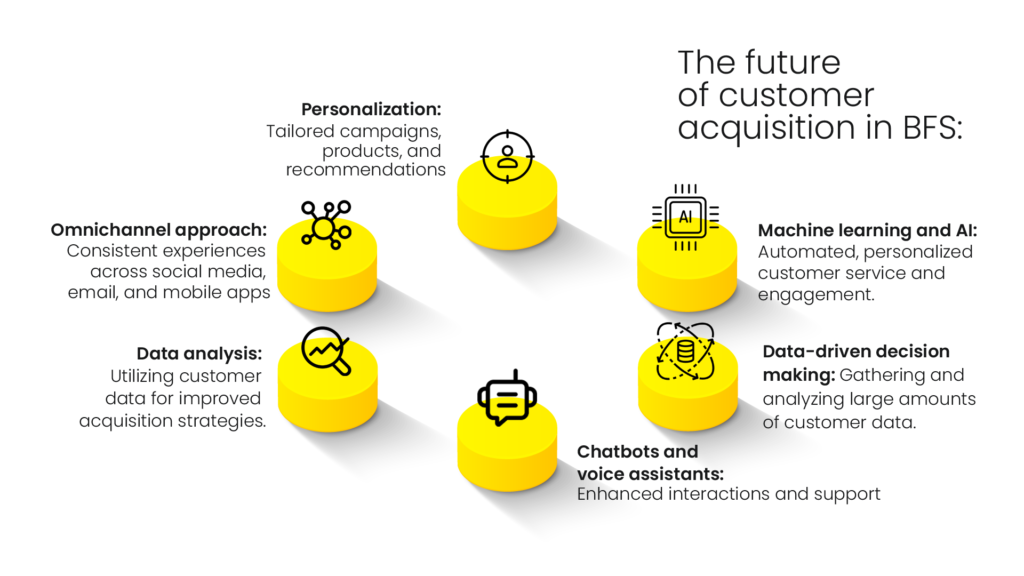
Mastering Sales Return Forecasting with Data: A Merchandising Guide
Sales return forecasting occupies a predominant position with regard to strategic decision-making, optimisation strategies, merchandising success, and overall business performance. Businesses would do almost anything to get accurate and predictable forecasts of sales and revenues by leveraging data. This will not only help in drawing up annual budgets, but also boost overall performance through plugging loopholes and staying ahead of trends. Sales return forecasting is a specialised technique that also influences future growth and expansion plans. Here’s a closer look at the importance of the same. The Importance of Sales Return Forecasting Sales return forecasting is indispensable for companies in an increasingly cut-throat environment. They can enable effective forecasting through leveraging data and using advanced forecasting techniques and models. This is how it is beneficial and important for companies in merchandising: But how does data slot into the picture here? Here’s finding out. The Power of Data-Driven Sales Return Forecasting Accurate and powerful sales return forecasting is only possible by leveraging data. It is data which is king here and hence it possess the capabilities to empower better and more accurate forecasts. Here are a few points worth noting in this regard: These are some of the data types that can help companies enable more accurate sales return forecasting. But how does it shape up in the future for the merchandising space? Here’s taking a closer look. The Future of Sales Return Forecasting The future of sales return forecasting will primarily be driven by several factors, including the following: However, while sales return forecasting has its clear benefits for organisations, there are a few challenges worth considering too. Here’s looking at the same. The Challenges of Sales Return Forecasting Here are some hurdles linked to sales return forecasting that companies may have to contend with: However, these challenges can be surmounted with the right training, technological tools, and investments in building forecasting solutions for the future. Companies are increasingly depending on tech and data-driven sales return forecasting for better merchandising success and overall business growth. FAQs 1.How does the accuracy of sales return forecasting impact business performance? The accuracy levels of sales return forecasting have a direct impact on business performance, since accurate forecasts enable better decision-making on future expansion and operations. They also enable better budgeting, planning, resource allocation, procurement, future demand anticipation, and identification of potential issues. 2.What are the key considerations in selecting the right forecasting models for sales returns? The key considerations include the forecasting context, availability of proper historical and other data, relevance of the forecast, accuracy degree, time period, benefit/cost of the forecast to the organisation, and the time at hand for the analysis in question. 3.What strategies and technologies can help address the challenges of sales return forecasting? Some strategies include maintaining proper quality and relevance of historical data and using qualitative data in the process too. Other approaches include better communication throughout departments, accounting for seasonal variations and trends, and also removing stockout periods from forecasts. Some technologies that can address challenges in the space include artificial intelligence and automation, along with machine learning and data analytics. 4. How can companies leverage historical data and trends to improve sales return forecasting precision? Companies can tap historical trends and data for enhancing the overall forecasting precision of sales returns. This is possible since accurate data will enable better visibility into expected future sales patterns and revenues. It will give companies an idea of the sales cycle, pipeline estimates, and what to budget in the coming timeline.








